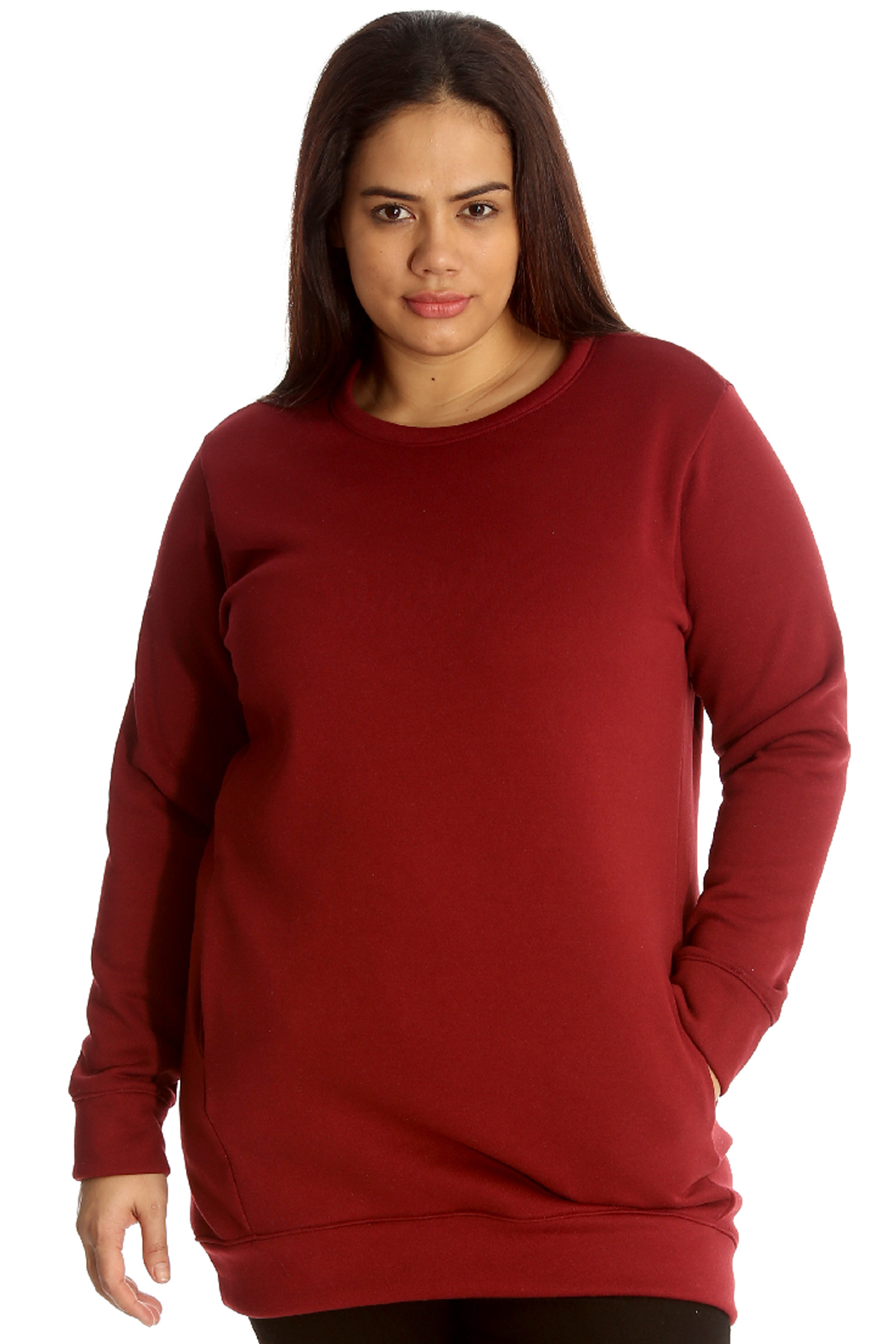Sweatshirts are long-sleeved pullover shirts that are typically constructed from thick cotton fabric. They are generally worn casually but aren't so formal as sweater s and cardigans. They do not usually have an or hood. If you're thinking of purchasing a sweatshirt, here are a few tips:
Norma Kamali spread the appeal of sweatshirts
Since the mid-70s In the late '70s, Norma Kamali has been transforming the simple sweatshirt into a work of art. Her designs have become an essential part of every woman's closet. Her distinctive designs range from a tummy-tucking crew neckline to leather-paneled sweatshirts. Her clothing is also designed with unusual shapes, such as tanks with an extended trumpet skirt.
The collaboration of the designers and the sweatshirt maker Everlast gave rise to her Timeless line, which became an instant hit when it was featured in the Spiegel spring 2006 catalog. The collection was made up of knits that could be interchangeable or convertible in classic silhouettes and a lot of pieces were priced under $20. Even if Kamali's Timeless collection wasn't available in stores, buyers were able to find the items on eBay and Poshmark.
sweat shirts are more comfortable than sweatshirts made of soft wool.
Merino wool is renowned for its moisture-wicking capabilities which help to keep you dry and comfortable. This is a naturally-occurring fiber and also offers a more comfortable feel. It also drys quickly in comparison to other natural material. Additionally, merino is a sustainable resource. The merino sheep shed their coats every year and regrow new ones.
Merino's weight-to-heat ratio is high, and the warmth of wool makes it popular for sweatshirts. It assists in regulating body temperature due to its loft that naturally retains heat in the fibers. This is the reason Merino wool sweatshirts are ideal for outdoor activities in the summer, such as mountain biking, hiking and running. The warmth they provide ensures that the wearer stays cool and dry, which is crucial for working out.
Zip-front hoodies come with a kangaroo pocket
Kangaroo pocket Hoodies are a very popular type of hoodies. They feature a big pocket in the front, that keeps your hands warm during cold days. They are additionally more practical than conventional pockets as they allow your hands to slide into and out easily.

The pockets of Kangaroos are typically big enough to hold a wallet or some other small items for personal use. They are commonly long enough to fit a small hand, and can even be large enough to accommodate two hands. They feature wide openings on either side and can be used to carry small objects.
French terry fabric is a very popular material for sweatshirts
The French terry fabric is made of soft yarns knitted into loops and is typically midweight. It is also renowned as a fabric that wicks moisture and is already pre-shrunk. French terry is a great choice for sweatshirts because it will keep you warm when you need it and keeps your cool when you want to cool off.
French Terry is also a popular choice for loungewearbecause it has enough stretch and flexibility to feel comfortable against your skin. It also allows enough air to circulate throughout the fabric, making it ideal for layering underneath other clothing. In addition, because it's lighter than most sweatshirts that you can wear all through the year without feeling warm or cold.
Hoodies have classist connotations
Although it might appear that hoodies are just an appropriate clothing item for working class people but the truth is that they have a classist connotation. Hoodies were first used in the early 1970s , in New York, where graffiti artists would wear them to conceal their identities. In 1976 Hoodies made their main movie debut with "Rocky," when the character from the working class wore hooded gray sweats on his memorable climb up the Philadelphia Museum of Art.
Hoodies are often linked to death, destruction and other negative things, and yet they can also be used for practical reasons. For example, monks and priests might wear hoods in order to display modesty and inward focus.
